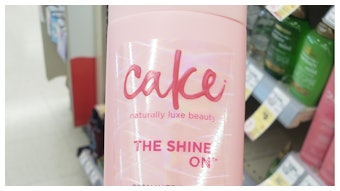Fragrances are formulated into a wide range of products, from water-based systems like shampoo to extremely nonpolar bases like candles, and a fragrance must be engineered to be compatible in all these environments.
There are three components to a fragrance: aroma molecules, solvents and possibly surfactants. Aroma molecules have a wide range of polarity. For example, pinene and limonene are nonpolar whereas vanillin and phenylethyl alcohol are polar. Generally, a blend of aroma molecules is viewed as nonpolar, even though the components have a range of solubility.
Fragrances rarely contain only aroma chemicals. Solvents profoundly influence the polarity of the blend. Dipropylene glycol (DPG), a common solvent, is fairly polar and would be a good choice for a shampoo fragrance. DPG would be a bad choice for a candle fragrance, as it would immediately separate from the base. Nonpolar solvents that would be good in a candle, include benzyl benzoate and diethyl phthalate (DEP).
DEP has held a bad reputation as of late because it is a phthalate, but this is a case of guilt by association. There certainly are "bad" phthalates, but DEP is safe. Still, many consumers demand the removal of DEP from fragrances, and other solvents are easily substituted.
Solvent selection affects polarity but not enough to make a fragrance water-soluble, as no fragrance is water-soluble. Nonionic surfactants are used to transform the fragrance into a microemulsion. The fragrance is bound to the water through the hydrogen bonds with the surfactant.
This can easily be tested: Add 1% water-soluble fragrance to water, mix it and a clear solution results. Place that solution in a microwave for a few seconds. The solution will become hazy. Cool it again, and it will be clear. The warm solution has enough kinetic energy to break the hydrogen bonds and force the fragrance out of solution. Upon cooling, the hydrogen bonds can do their magic again.









